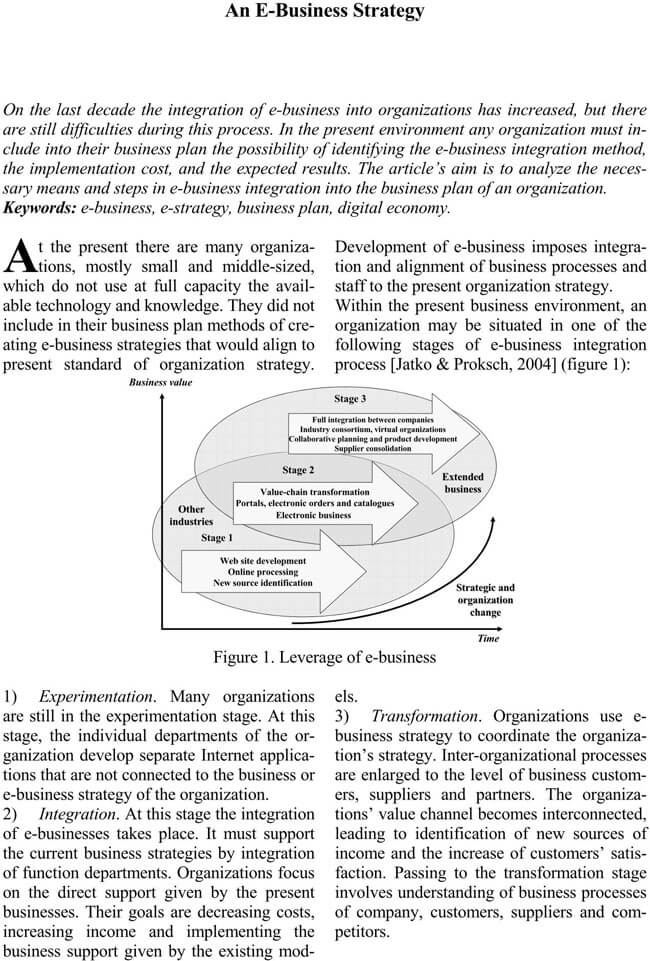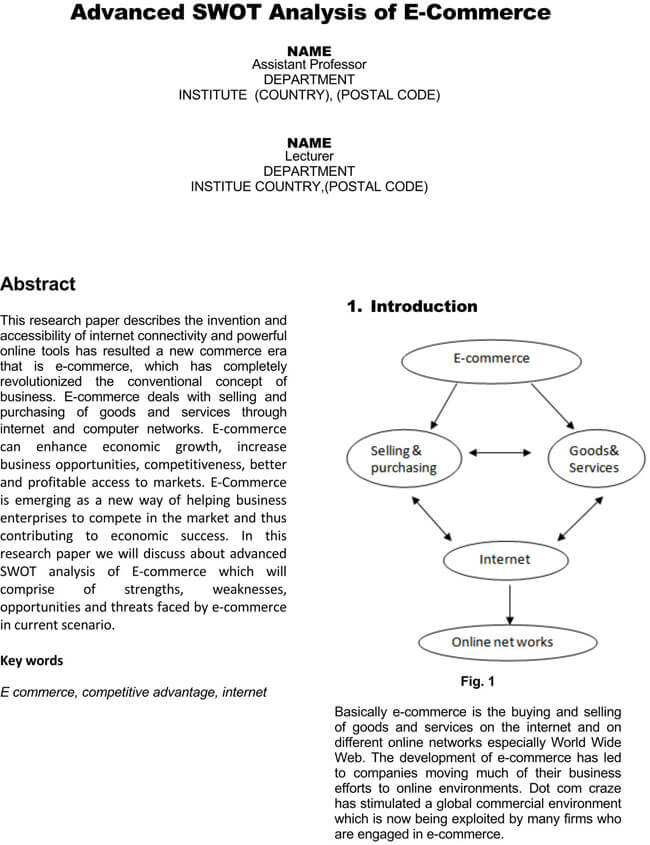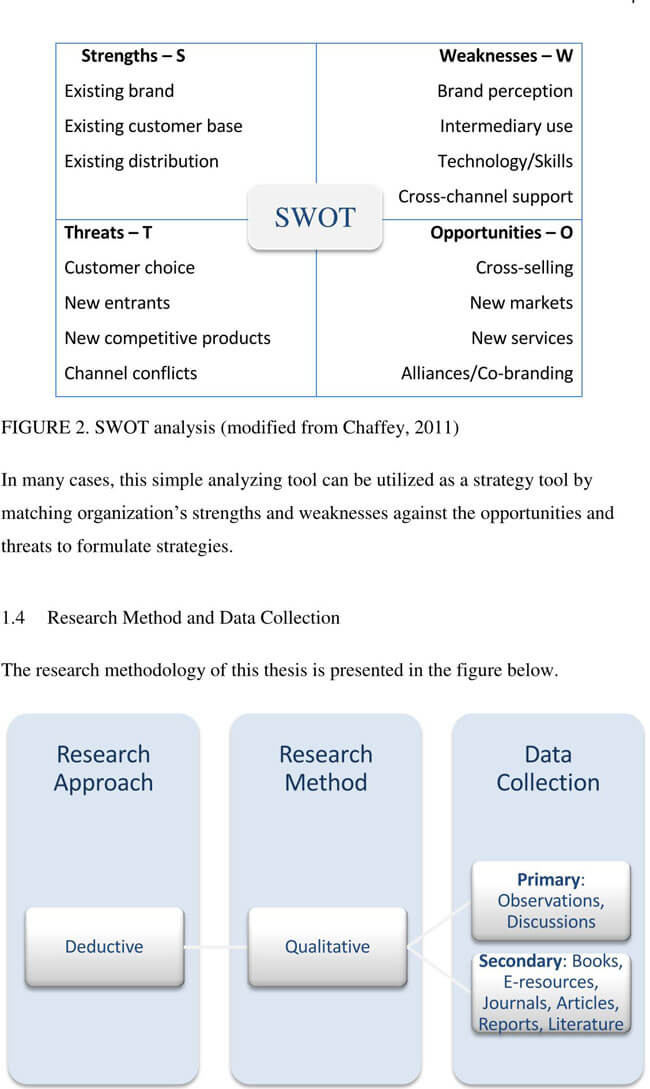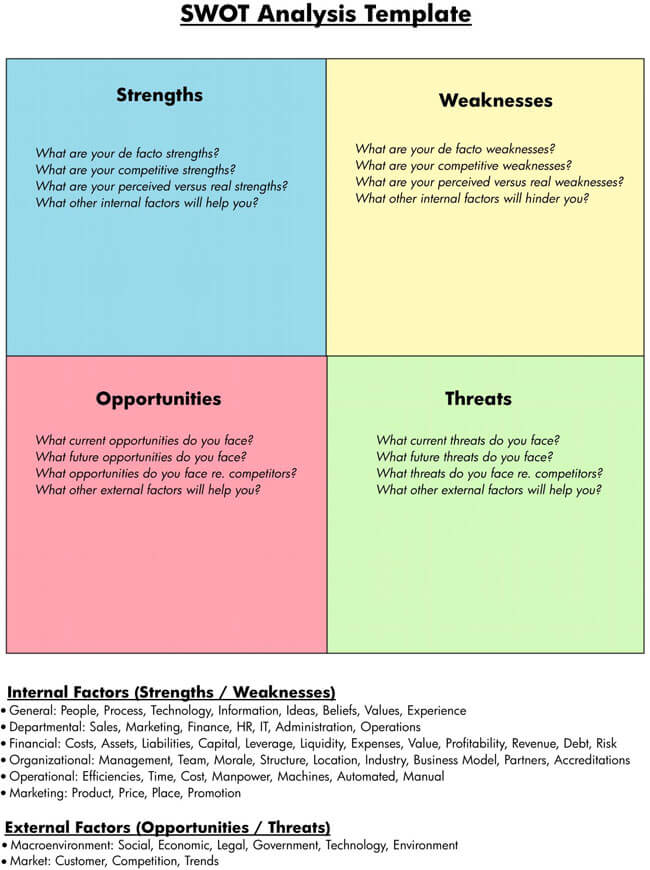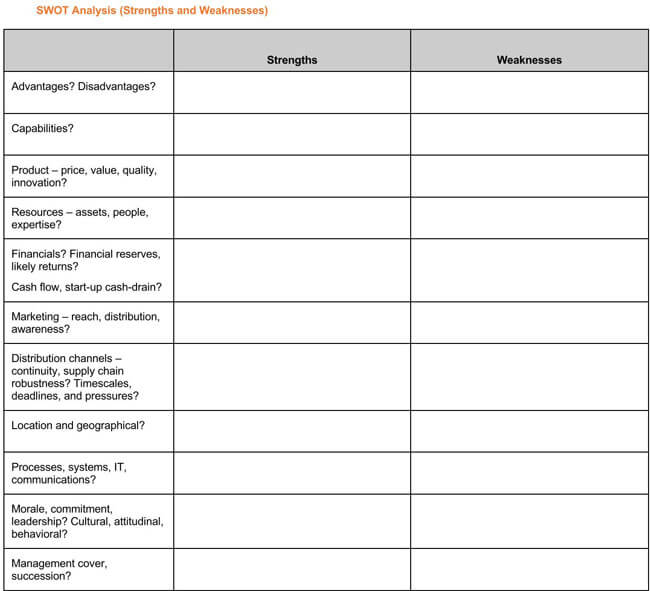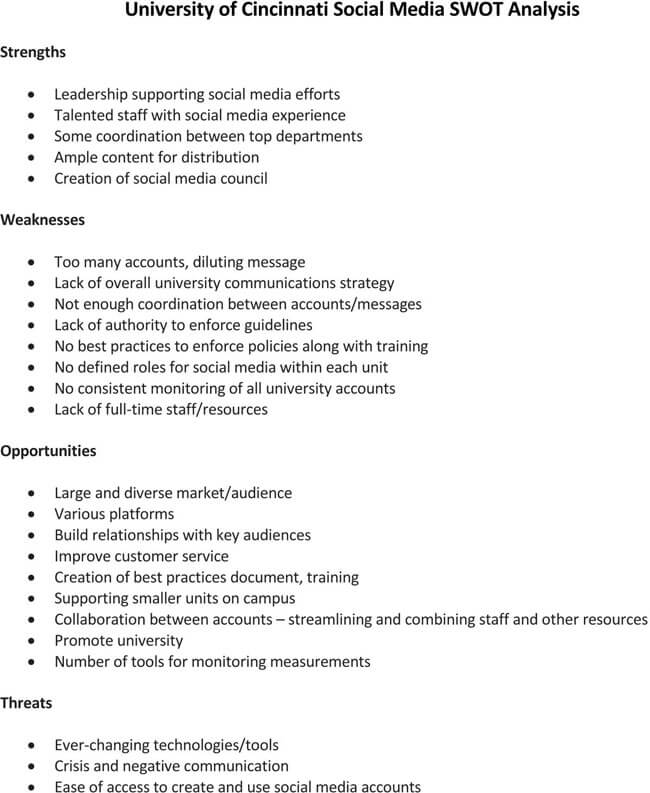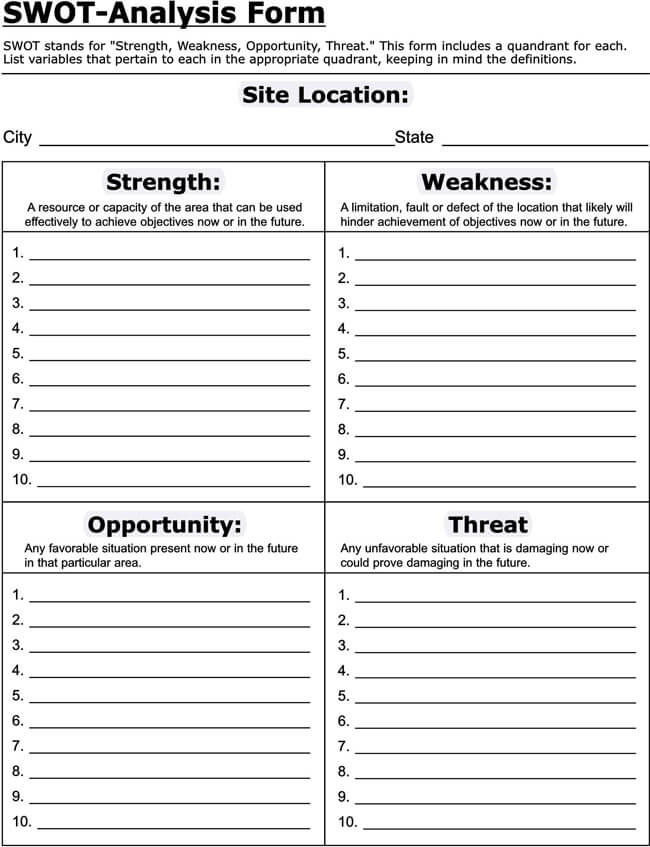SWOT (pronounced as swat) is an acronym for Strengths, Weaknesses, Opportunities, and Threats. Therefore, SWOT analysis is the evaluation of these four factors and the determination of how they affect an organization.
For a business website, SWOT analysis can be used to derive strategies of a business based on the current growth and potential growth of the website. Therefore, a SWOT analysis is important for a business website as it gives an insight into both internal and external factors that drive the website’s performance.
Performing a Website SWOT Analysis
Before a SWOT analysis determines the goal and objectives for the website and compare it with competitors business site. Then perform a SWOT analysis for the website, the four elements and steps of analysis are put into thorough scrutiny. After analyzing the SWOT elements, the information deduced is used to issue precise findings.
An important thing to know in a SWOT analysis is that it is primarily divided into external and internal factors i.e. Internal factors (strengths and weaknesses) and external factors (opportunities and threats)
Internal strengths
These are advantages that your website has over other competing websites. They usually work to give you a competitive edge to achieve your business objectives. Often, they are related to the website’s goal.
The following are the examples of internal strengths of a website;
- Unique design that is customer-oriented
- Great calls to action
- Fresh and valuable content
- Simplicity and fastness in checking out
- Easy navigation
- Mobile platform support and integration
- Good hosting service
Internal weaknesses
These are characteristics of the website that serve as a disadvantage and can deter the achievement of the website’s objectives. To know these characteristics, you need to compare your website with a better-performing to see the features that are missing.
The following are the examples of internal weakness of a website;
- Outdated design
- Poor and ineffective calls to action
- Old and/or irrelevant content
- Confusing checkout process
- Inadequate or no mobile support.
- Poor hosting service
External opportunities
Here, you present a list of opportunities from the external factors that could impact the website positively.
The following are the examples of external oppurtunities of a website;
- Improved technology that enhances user’s experience
- Targeting emerging markets
- Fashionable design trends
- Superior and effective marketing strategies
- Positive changes in social factors.
External threats
This section of the SWOT analysis highlights the list of things outside the website that could stop or hinder the website from achieving its goals and objectives. The threats could be features in a website that your competitor has, which you don’t have on your website.
The following are the examples of external threats of a website;
- New competitors in the market
- Competitors using ideas of your website
- Dynamism in customers’ needs
- Existing and new laws or policies
- Unsolicited advertising
- Fraudulent activity
- Frequent up-gradation of the browser software.
Populate the SWOT analysis chart
After analyzing all the external and internal factors now put them in a SWOT analysis chart for an easy approach to all aspects.
| Helpful | Harmful | |
| Internal | Strengths: These are unique elements in the website that are helpful to the common objectives | Weaknesses: These are elements in the website that are a disadvantage to the website and deter it from reaching its objectives |
| External | Opportunities: These are elements in a website that could be useful and advantageous to help in reaching the objectives | Threats: These are elements that are out of your control and have the potential damage of threatening your business objectives |
Conclusion of findings
Once you recognized and populate the areas based on the four SWOT elements, you will get an overview of the performance of your website. There are two sections in the conclusion that you should have a keen eye on.
Information that has potential
This is a set of information that you have gotten from your SWOT analysis and shows the potentiality of your website. It is a revelation of the things you can do to your website to make it even better and beat the competition. Remember, this information is gotten from both internal and external factors and has an effect on the overall future performance of the website.
Information that causes concern
This is a set of information revealed by the SWOT analysis that shows how a website is exposed to vulnerability. It reveals how competitors are beating you and the areas that need to be improved to avert this situation.
Both sets of information are important in laying out the next strategy for improving the performance of your website.
Mistakes to Avoid
Here is a list of things that you should not do when doing SWOT analysis:
A SWOT analysis should only focus on factors that are important and will affect the performance of the website in relation to achieving its goals. Avoid making it look like a laundry list for your website where every insignificant factor is added in.
Don’t lose objectivity and start making up things or using previous research to highlight SWOT elements that could be affecting your website.
A SWOT analysis should be a periodic activity. Don’t let this be last time you are doing a SWOT analysis for your website. The online space is dynamic and changes occur often than you think.
Using SWOT analysis for Website Improvement
Now that you have all that you need to improve the performance of your website, you should be able to use the elements to positively improve your website. Remember, SWOT analysis only gives an objective view of the factors affecting your website’s performance and you must employ a working technique to improve your website.
Matching and converting technique
Matching and converting technique is a way of converting your website’s negative characteristics into positive ones.
The first thing is to check your strengths and align them to the opportunities to see if they can line up. Then you can look at the negative characteristics and see how you can turn them into positive characteristics. Since you are in constant competition with your competitors, you will know if your strategies are working and you can use them to fill in the negative characteristics. Matching is simply copying what your competitors are doing that gives them a competitive edge.
Converting is basically employing a set of strategies that will change the negative characteristics into positive ones. The preliminary step in converting is targeting the weaknesses and threats in your website’s SWOT analysis. Afterward, add features that could turn the negatives to make them positive.
Example of Performing a SWOT analysis
Let’s take the example of Earl & Fin, a fictional law firm that has about 300 employees spread in the state of New York. Like many law firms, Earl & Fin is known for top attorneys. However, their attorneys are in high demand and often move from one firm to another, moving with clients along.
The law firm operates using a website, which is somewhat outdated as compared to the competing law firms. This is because of the little investment the company has put into the development of the website team.
Strengths of Earl & Fin
- Recognition that the website needs to be sorted
- An existing team of website developers
- Lead attorneys have social media pages
Weaknesses of Earl & Fin
- A plain website that is not attractive
- Lack of content specialist in the web team
- Outdated content
- Limitation of content to be put because of probable legal risks
Opportunities of Earl & Fin
- Competition has not captured the social media
- Competitors do not have mobile-friendly websites
- The website can gather information about the users. The company has not used this feature before.
Threats of Earl & Fin
- Decline in traffic to the website
- Two newly launched websites by competitors
- Earl & Fin’s website has reduced ranking for key terms in top search engines
- New legislation that Earl & Fin doesn’t comply with
Of course, the list of SWOT items could be longer but these are just a few to explain the SWOT analysis.
Matching and converting technique for Earl & Fin
This method takes the negative findings and conclusions of your website swot analysis and aims to convert them into positive ones.
Using the data given above, the following steps could be taken:
- Develop a team of web developers and include a content manager in the team to bring a fresh, engaging, and exciting content
- The content posted should be advised by legal experts within the company to see compliance with the laws
- The website should minimize the risk of being sued because of the content posted
- Develop a mobile-friendly website to capture the void that their competitors have left
- Increase budgetary in website development.
The Drawback of Website SWOT Analysis
From what has been explained, a website SWOT analysis can give detailed info and clarity on the issues that organizations have in their digital strategies. However, there is a danger associated with it.
When looking at the list of strengths, they could be so many with just a few weaknesses. This may deceive the person interpreting this data to think that the website is doing well. However, you should be aware that the fewer weaknesses could have severe consequences that overpower the strengths.
Therefore, there is importance in weighing the components of the SWOT analysis by the strength of each entry and not the number of entries. This will help you avoid seeing things either too positive or negative whilst the reality is different.
Free Analysis Templates
The complexity of SWOT analysis for websites is something that most website owners worry about. However, if you download free templates here, you can get started and find it easy to analyze your website’s strengths, weaknesses, opportunities, and threats.
Tips for Website SWOT Analysis
Here are some of the useful tips that you can use when analyzing your website’s SWOT.
- Obtain your users’ reviews: Interview your website users using online forms to judge your users’ perception of your website before doing a SWOT analysis.
- Analyze the resources: Review all the resources that your website has to find the finer details of strengths, weaknesses, opportunities, and threats.
- Seek help from customer care: Ask a department that faces clients directly to review your SWOT analysis before you are done with it. Departments such as sake, customer care, and marketing can provide an insight into the things that you might have missed in your SWOT analysis.
- Consult a professional: Seek help from a professional in compiling the SWOT elements if you are unsure.
Frequently Asked Questions
What are the rules of SWOT analysis?
Research the different elements separately
Be objective when highlighting the strengths, weaknesses, opportunities, and threats. Do not confuse them
Use a customer-perspective to get the strengths and weaknesses
Use precise statements
Be accurate
What are the advantages of SWOT analysis?
Provides information that informs good strategic planning
Build strengths and reverse weaknesses
Offers the opportunity to maximize response to available opportunities
Helps to identify the competencies of a website.
What is the most difficult step of SWOT analysis?
The most difficult step is the identification of external threats and opportunities and the creation of strategies that will cater to all these factors.
Conclusion:
The importance of SWOT analysis for a website cannot be underrated. Therefore, it is important that businesses with websites conduct a SWOT analysis for their websites intending to create digital strategies that will improve the overall performance of the company and improve their dominance in the market.
